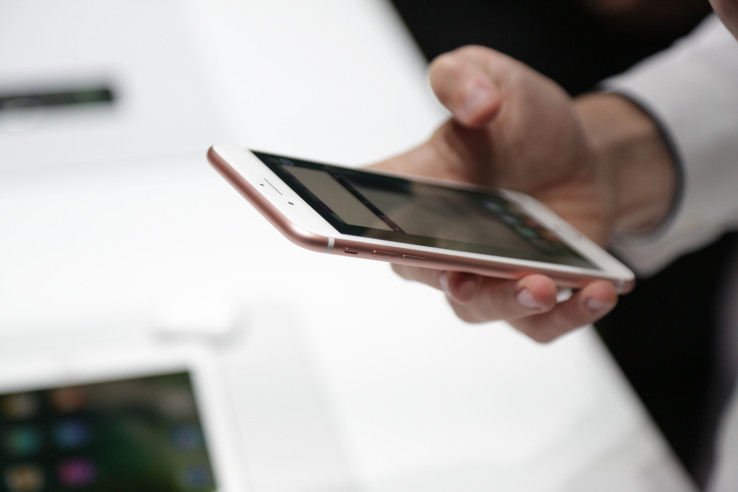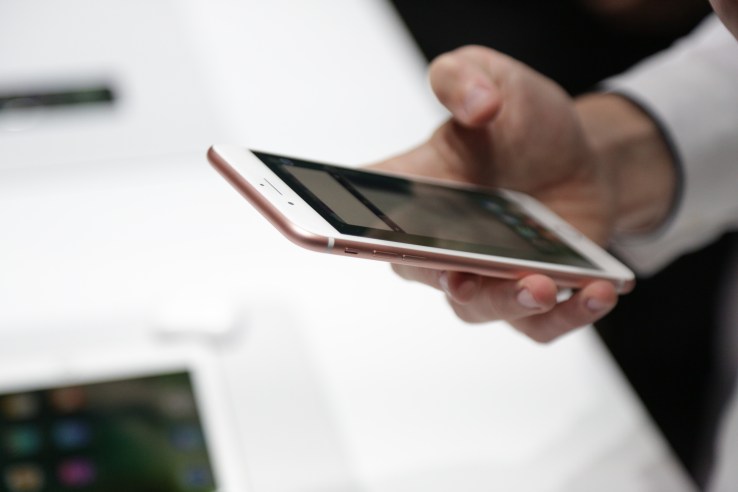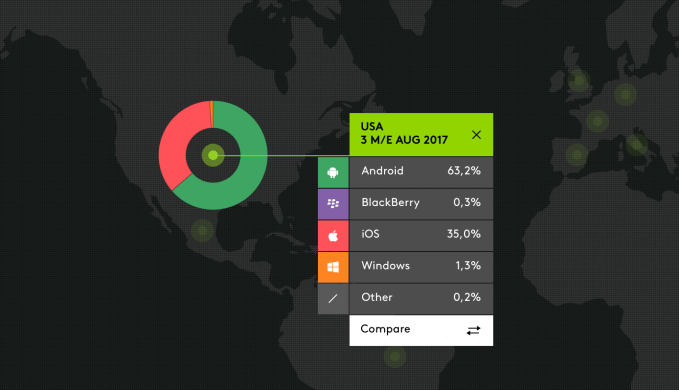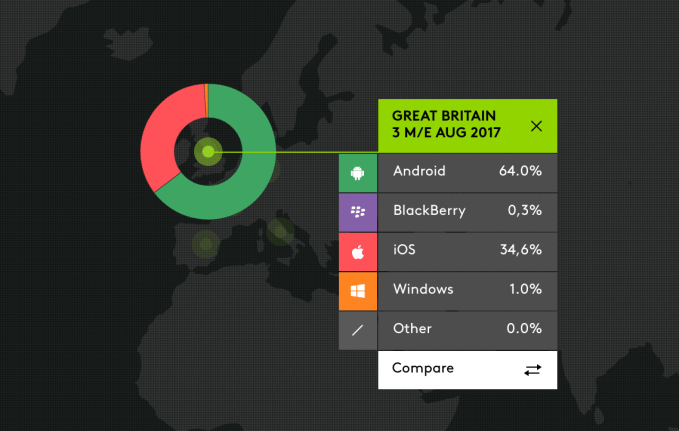

iOS and Samsung’s U.S. market share is now tied, following growth for Apple’s smartphone OS over the three months ending in August, based on new data from Kantar Wordpanel, which tracks smartphone market share by way of sales data. According to its analysis, iOS is up 3.7 percentage points year-over-year, to achieve 35 percent market share, while Samsung only grew 0.8 points, reaching a 35.2 percent share.
Kantar says that weaker sales through Verizon hurt Samsung, while Apple reached nearly a 50 percent with that carrier — the U.S.’s largest. That’s higher than its share with AT&T, the firm pointed out, which has been a traditional stronghold for the iPhone.
The increased iPhone sales in the U.S. also came one month before the release of the iPhone 8 and 8 Plus — interesting to note, given that, sometimes, device sales slump ahead of the expected launch of new hardware.

But it’s also worth pointing out that while Samsung and iOS may now be tied, Android is still far ahead in the U.S., with a 63.2 percent share to iOS’s 35 percent.
That said, iOS is growing elsewhere, too.
iOS posted growth in China, Germany, France and Spain, but dropped in the U.K., where Samsung’s Galaxy S8 and J3 (2016) have been selling well. Overall, iOS market share was up by 1.2 percent in Europe’s five largest markets — only a slight increase due to Samsung’s success in the U.K., and some slowed momentum ahead of the new iPhone announcement.
“Samsung took full advantage of the weeks just before the iPhone 8 and iPhone X were released in Great Britain, with significant promotional activity that helped drive its overall share to a three-year high of 38.4% for the three months ending August 2017,” explained Dominic Sunnebo, Global Business Unit Director at Kantar Worldpanel ComTech, in a statement.
“More than one in four Galaxy S8 buyers cited a specific promotion as a key purchase influencer, and almost half said that a good deal on the price of the phone was key to their purchase. Both of these metrics experienced a large increase over the last two months of the period,” he added.
Strong iPhone SE sales, however, helped to contribute the slight growth seen in the top European markets.

In urban China, iOS also returned to growth, notes Kantar, growing from 13.4 percent market share last year to 17.7 percent, thanks to iPhone 7 and iPhone 7 Plus sales — the top two bestsellers in urban China.
However, in urban China, Huawei continues to lead with a 31.1 percent share, up 1.5 percentage points year-over-year. BBK Electronics, the owners of the Oppo and Vivo brands, is No. 2, with a 19.7 percent share, up 6.7 percent since last year.

